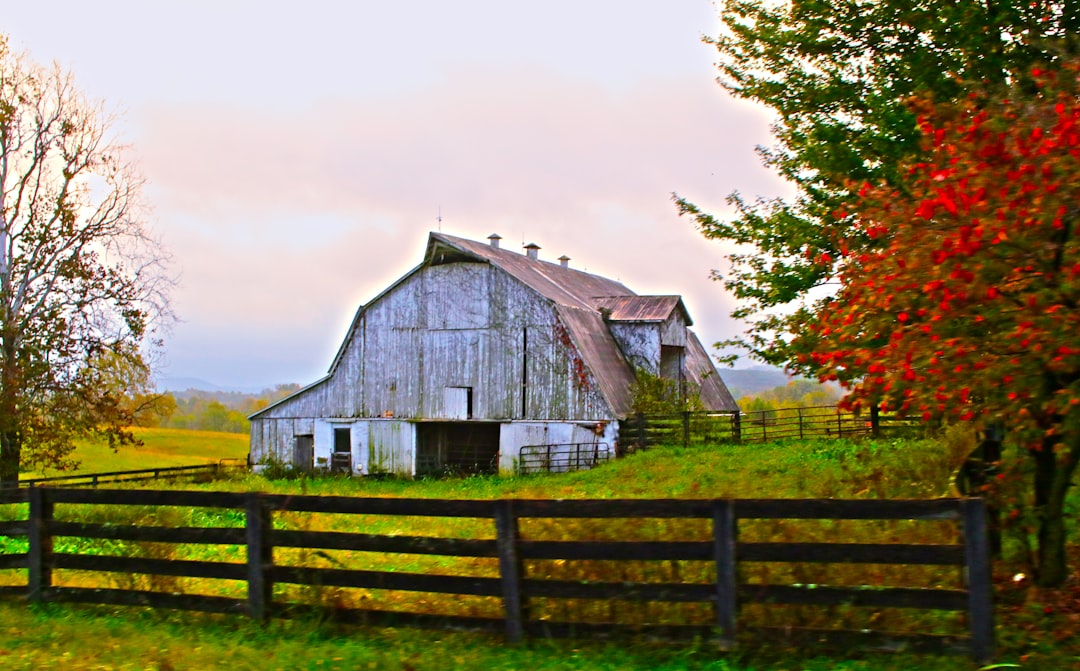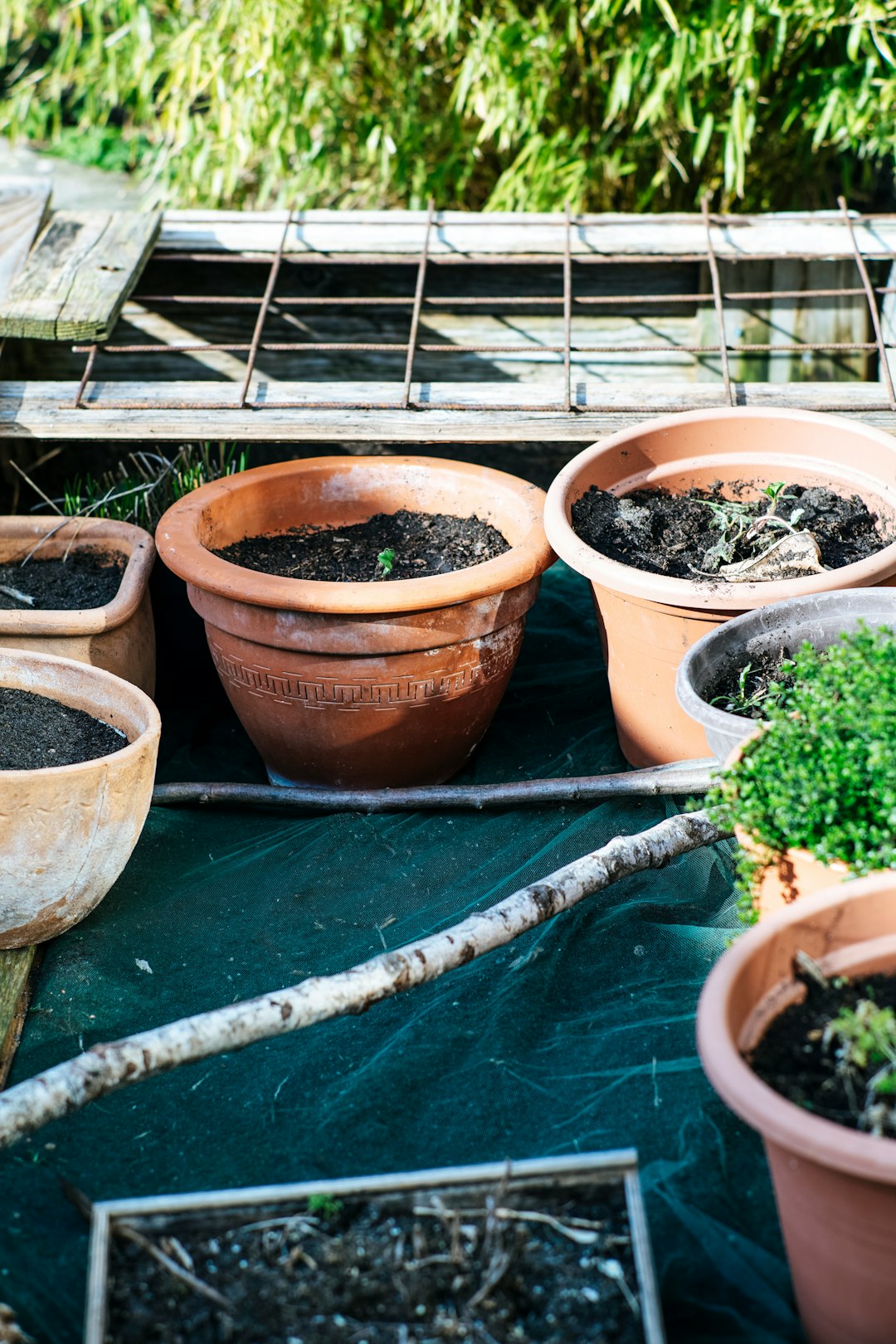Transforming Spaces: Freestall Barns and Other Essential Ag Buildings
In the world of agriculture, the right structures can make all the difference in productivity and efficiency. From freestall barns that ensure the comfort and health of dairy herds to versatile storage/utility sheds that keep equipment secure, agricultural buildings are the backbone of any successful farming operation. These essential ag buildings are designed to cater to the multifaceted needs of modern agriculture, providing everything from secure equipment storage to innovative chicken coops. As the demands on farmers continue to evolve, so too must the infrastructure that supports their work. Join us as we delve into the diverse range of agricultural building examples and explore how these structures are transforming spaces to meet the challenges of today and tomorrow.
Thank you for reading this post, don't forget to subscribe!{source=”unsplash” unsplashQuery=”agriculture, barns, farming, buildings, livestock, equipment storage, infrastructure” unsplashId=”8hRr0IFz6qA”}
# Transforming Spaces: Freestall Barns and Other Essential Ag Buildings
In the world of agriculture, the right structures can make all the difference in productivity and efficiency. From freestall barns that ensure the comfort and health of dairy herds to versatile storage/utility sheds that keep equipment secure, agricultural buildings are the backbone of any successful farming operation. These essential ag buildings are designed to cater to the multifaceted needs of modern agriculture, providing everything from secure equipment storage to innovative chicken coops. As the demands on farmers continue to evolve, so too must the infrastructure that supports their work. Join us as we delve into the diverse range of agricultural building examples and explore how these structures are transforming spaces to meet the challenges of today and tomorrow.
## Introduction to Agriculture Buildings
Agriculture buildings have evolved significantly over the years, adapting to the changing needs of farmers and the agricultural industry. These structures are vital for a variety of farming operations, from housing livestock to storing equipment and crops. Let’s explore the evolution and importance of these buildings in modern farming.
### Evolution of Agricultural Structures
**Agricultural structures have undergone significant changes** over the centuries. Initially, they were simple and functional, designed to meet basic needs. Over time, as farming techniques advanced, so did the complexity and functionality of these buildings.
Agricultural buildings have transitioned from traditional barns to highly specialized structures. This evolution reflects the industry’s shift from manual labor to mechanization. Modern structures incorporate advanced materials and innovative designs to enhance efficiency and productivity.
The historical progression of agricultural buildings showcases the industry’s adaptability. As farming practices continue to evolve, so will these essential structures, ensuring they remain at the forefront of agricultural innovation.
### Importance of Ag Buildings in Modern Farming
*Ag buildings play a crucial role* in the success and sustainability of modern farming operations. They provide essential functions such as protecting livestock and equipment from the elements, facilitating efficient workflow, and safeguarding valuable resources.
These structures are designed to meet the specific needs of different farming activities. For instance, freestall barns offer optimal conditions for dairy herds, while equipment storage buildings keep machinery safe and organized.
Investing in quality agricultural buildings can significantly impact a farm’s productivity and profitability. By providing a secure and efficient environment, these structures help farmers focus on their core activities, ultimately contributing to the overall success of their operations.
## Key Types of Agricultural Buildings
There is a wide variety of agricultural buildings, each serving a unique purpose. From freestall barns to versatile hay storage options, these structures are designed to meet the diverse needs of modern farmers.
### Freestall Barns: A Comfortable Choice
**Freestall barns are designed** to provide a comfortable environment for dairy cattle, promoting their health and productivity. These barns offer ample space for movement and rest, ensuring cows can maintain their natural behaviors.
The design of freestall barns includes features like proper ventilation, efficient waste management systems, and comfortable bedding. These elements contribute to the overall well-being of the livestock, leading to increased milk production and improved animal health.
Farmers investing in freestall barns often see substantial returns. By prioritizing animal comfort, these structures enhance productivity, reduce stress, and ultimately boost the farm’s profitability.
### Essential Equipment Storage Solutions
*Equipment storage buildings are crucial* for maintaining the longevity and efficiency of farming machinery. Proper storage protects equipment from harsh weather conditions, reducing wear and tear and minimizing repair costs.
These buildings come in various sizes and designs to accommodate different types of equipment. From simple pole barns to fully enclosed steel structures, there are countless options to suit any farm’s needs.
Organized storage solutions also improve workflow efficiency. By keeping equipment easily accessible and well-maintained, farmers can focus on their daily operations without unnecessary downtime or delays.
### Versatile Hay and Feed Storage Options
**Hay and feed storage buildings are essential** for preserving the quality of livestock feed. Proper storage prevents spoilage and contamination, ensuring animals receive nutritious and safe food throughout the year.
These structures can range from simple open sheds to fully enclosed barns, depending on the farm’s specific needs. Selecting the right storage solution depends on factors like climate, available space, and budget.
Investing in quality hay and feed storage options can result in significant cost savings. By reducing waste and spoilage, farmers can maximize their resources and ensure the health and productivity of their livestock.
## Innovative Ag Building Solutions
Innovation in agricultural building design has led to the development of creative and efficient solutions. From DIY kits to repurposed shipping containers, these options offer flexibility and adaptability for modern farmers.
### Agricultural Building Kits: Build Your Own
*Agricultural building kits provide* a cost-effective and customizable solution for farmers looking to expand their infrastructure. These kits come with all the necessary materials and instructions, allowing farmers to construct their buildings according to their specific needs.
Building kits offer flexibility in design and functionality. Farmers can choose from various sizes and styles to accommodate different activities, whether it’s for livestock housing, equipment storage, or crop production.
The DIY nature of these kits allows farmers to save on labor costs while gaining a sense of accomplishment. By building their structures, they can ensure the final product meets their exact requirements and preferences.
### Creative Use of Shipping Containers
**Shipping containers have become popular** in agriculture for their versatility and durability. These structures can be repurposed into a variety of agricultural buildings, from storage units to livestock shelters.
Containers offer a cost-effective and environmentally friendly solution since they reuse existing materials. Their sturdy construction and weather resistance make them ideal for various farming applications.
Farmers can customize shipping containers to suit their needs, adding features like insulation, ventilation, and shelving. This adaptability allows them to create functional and efficient spaces without a significant investment.
### Multi-purpose Storage and Utility Sheds
*Storage and utility sheds are versatile* additions to any farm, providing space for various activities. These structures can be used for equipment storage, workshops, or even temporary housing for seasonal workers.
The design of these sheds can be tailored to the farm’s specific needs, with options for different sizes, materials, and layouts. This flexibility allows farmers to optimize their space and resources.
Investing in multi-purpose sheds can enhance a farm’s functionality and efficiency. By creating organized and accessible spaces, these structures help streamline operations and support the farm’s overall productivity.
## Expanding Agricultural Building Use Cases
The use of agricultural buildings has expanded beyond traditional farming applications. From sports arenas to cozy cabins, these structures offer innovative solutions for a variety of needs.
### Sports Arenas: From Farm to Field
**Sports arenas have found a place** on farms, providing unique opportunities for recreation and community engagement. These structures can host events like rodeos, horse shows, and other agricultural-related activities.
Constructing a sports arena on a farm can boost its visibility and attract visitors, creating additional revenue streams. These facilities can also serve as multipurpose venues for community gatherings and educational events.
Farmers with sports arenas often enjoy the benefits of increased community involvement and support. By hosting events and activities, they can foster strong relationships with local residents and organizations.
### Cozy Cabins and Functional Garages
*Cabins and garages add both functionality* and aesthetic appeal to agricultural properties. Cabins can provide comfortable accommodations for farm workers or guests, while garages offer secure storage for vehicles and equipment.
The design of these structures can be customized to match the farm’s style and requirements. Cabins can include features like insulation and modern amenities, while garages can be equipped with robust security measures.
Investing in cabins and garages can enhance the overall appeal of a farm, making it more attractive to potential buyers or visitors. These structures add value and versatility, contributing to the property’s long-term success.
### Practical Chicken Coops and Hoop Buildings
**Chicken coops and hoop buildings** are practical solutions for small-scale livestock operations. These structures provide safe and efficient environments for raising poultry and other animals.
Chicken coops are designed to protect birds from predators and harsh weather, while also facilitating easy access for feeding and egg collection. Hoop buildings offer flexible shelter options for a variety of livestock, from pigs to sheep.
Farmers utilizing these structures can enjoy the benefits of increased animal welfare and productivity. Well-designed coops and hoop buildings ensure livestock remain healthy and productive, ultimately supporting the farm’s success.
## Conclusion: Transforming Spaces for Growth
As agricultural practices continue to evolve, so does the need for innovative building solutions. These structures play a crucial role in supporting the growth and success of modern farms.
### Future Trends in Agricultural Buildings
*The future of agricultural buildings* will likely see increased emphasis on sustainability and technology integration. Energy-efficient designs and smart technologies will become more prevalent, allowing farmers to optimize their operations and reduce their environmental impact.
Modular and customizable structures will continue to gain popularity, offering flexibility and adaptability to meet changing demands. These trends will ensure agricultural buildings remain relevant and effective in supporting modern farming practices.
### Finding the Right Agricultural Building Near You
**Finding the right agricultural building** often involves researching local providers and evaluating their offerings. Many companies offer a wide range of options, from freestall barns to storage solutions.
Consider factors such as material quality, design flexibility, and customer support when selecting a provider. Visiting local suppliers and viewing their products in person can help make informed decisions.
Connecting with reputable providers ensures access to high-quality agricultural buildings that meet specific needs. These partnerships support the long-term success and growth of farming operations.
{source=”unsplash” unsplashQuery=”agriculture, barns, farming, livestock, storage, structures, equipment storage, sustainability, innovation, animal welfare” unsplashId=”4FPHfF2oCPc”}